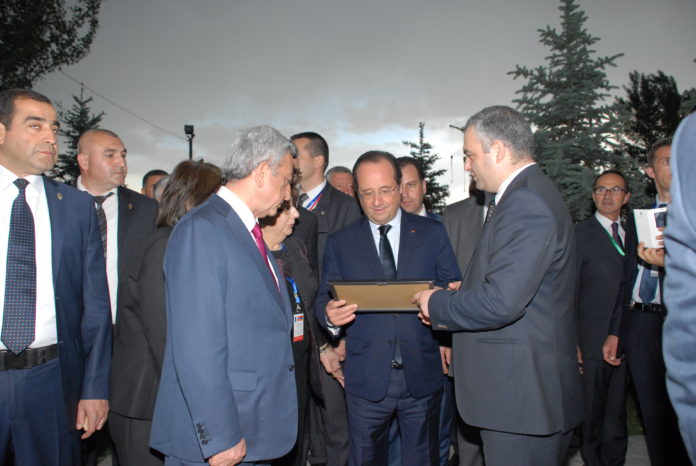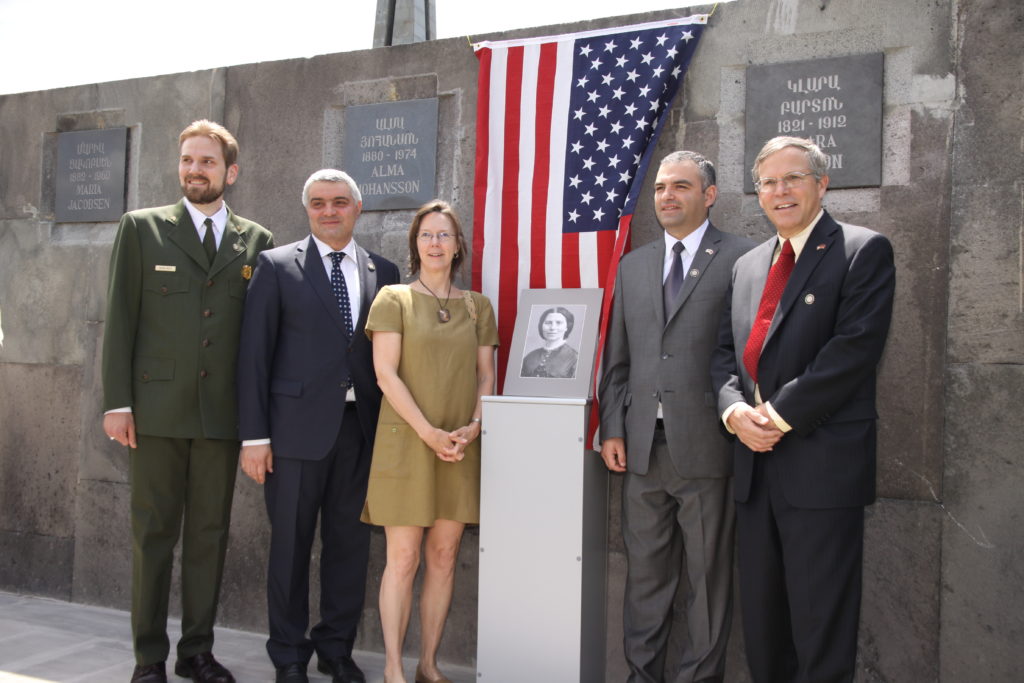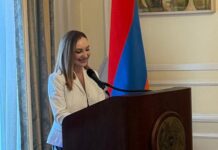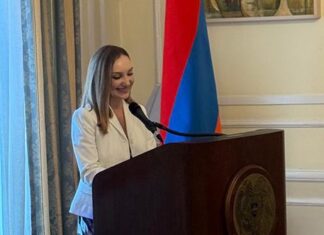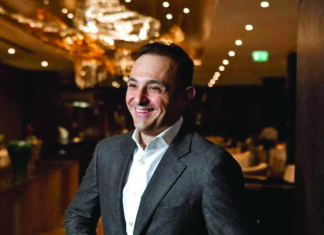By Aram Arkun
Mirror-Spectator Staff
WATERTOWN — Hayk Demoyan came into prominence as the director of the Armenian Genocide Museum-Institute (AGMI) of Yerevan in 2006. He not only appeared as a public figure dealing with the topic of the Armenian Genocide but also spoke up on other social and political issues. When he came to the United States this fall, many wondered what that meant for his position and future. After writing three opinion pieces for the Mirror-Spectator, Demoyan in this interview reflects on his career and future plans.
“Last year I applied to the US Fulbright Visiting Scholar program. I was accepted for a period of 10 months to carry out research. I selected the Davis Center for Russian and Eurasian Studies at Harvard University,” Demoyan said. He chose the topic of identity transformations in post-Soviet Armenia, Georgia and Azerbaijan for his research, which, he said, he began studying 10 years ago. He followed the trends in identity transformation in the three Caucasian republics, including memory and linguistic policies, the creation of new diasporas, the invention of new calendars of the independence period. Demoyan said that “Harvard is a wonderful place because there are a lot of data bases and available materials. Accessibility makes work easy, but at the same time complicated because of the huge amount of materials you have to deal with.” The final product will be a book of at least 400 pages, in English.
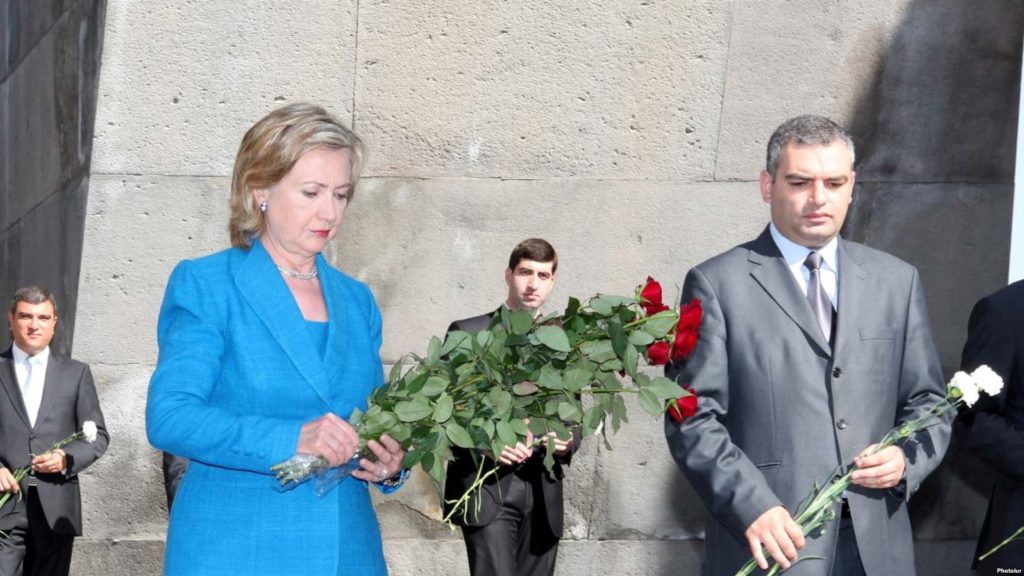
From Karabakh to Genocide
Demoyan graduated from Yerevan State University in 1998 as a cultural anthropologist, working on ethnopsychological studies on the Caucasus. As a doctoral candidate (somewhere in-between the US master’s and doctoral stages) he studied economic and social reforms in Turkey in the 1980s, especially the so-called miracle period of Turgut Özal during which Turkey began to turn into a leading world economy from a position of bankruptcy through political will and leadership. His doctoral dissertation was on the Karabakh conflict and Turkish foreign policy, with a comparation between the situations at the start and end of the 20th century. He defended it in 2011 and produced a Russian-language monograph, which he hopes to see published in English in 2018.



